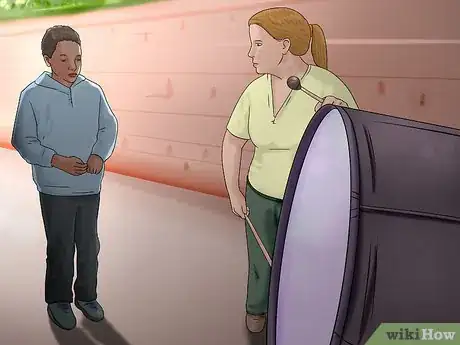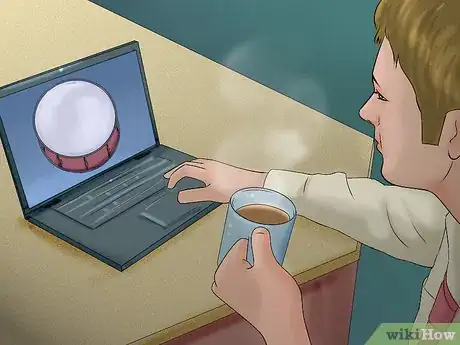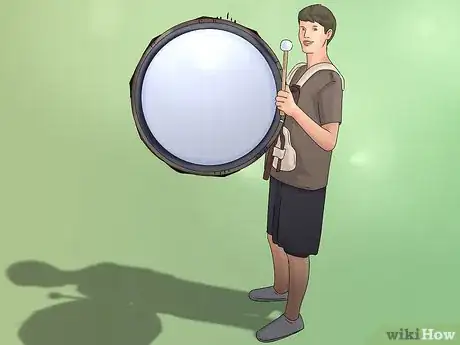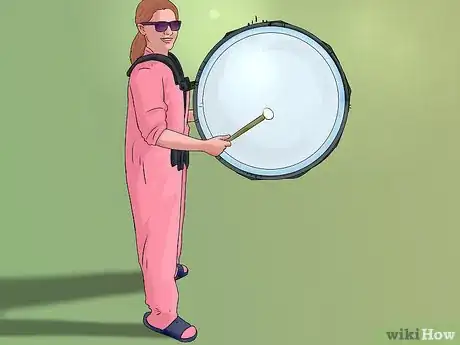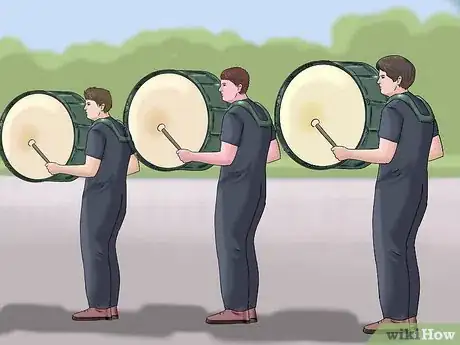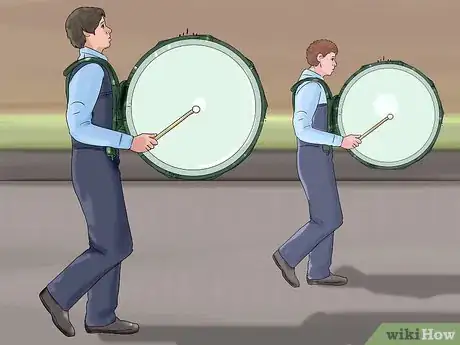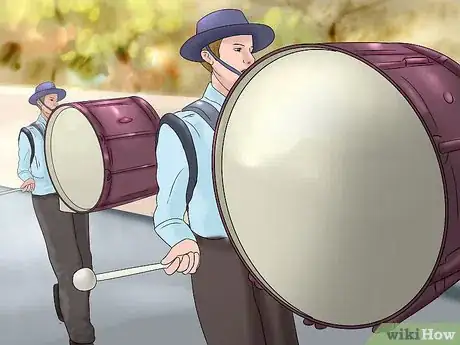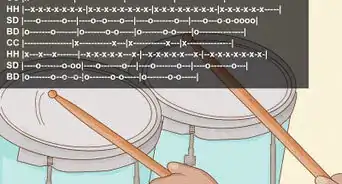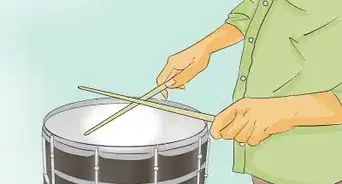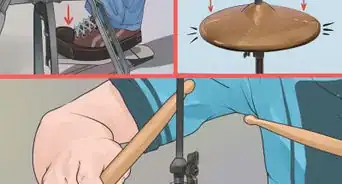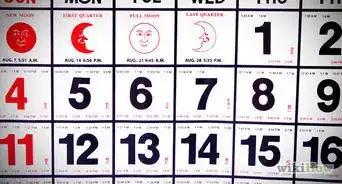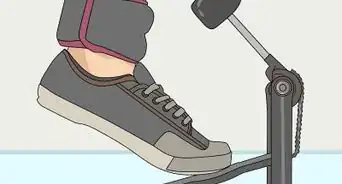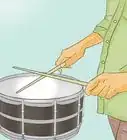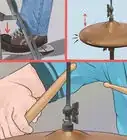X
wikiHow is a “wiki,” similar to Wikipedia, which means that many of our articles are co-written by multiple authors. To create this article, 39 people, some anonymous, worked to edit and improve it over time.
This article has been viewed 52,564 times.
Learn more...
Learning a new instrument can be tough sometimes. The Bass Drum is a versatile instrument that can be used to keep track of timing. It can be tricky at first, but with patience and dedication, you'll be able to master it in no time. This wikiHow will show you how to play the bass drum.
Steps
Method 1
Method 1 of 2:
Learning to Play the Bass Drum
-
1Get a good trainer. It is much easier to learn from a teacher, who will be able to correct your errors, ensure that you have good posture and that you are playing accurately. Your teacher will have many helpful tips to improve your learning.
-
2Watch online videos. If you cannot find a suitable teacher, watch videos on how to play the bass drum. Although not as good as a teacher, these will at least show you exactly how to hold the drum and play it correctly. Check out sites such as YouTube for these kinds of videos.
Advertisement
Method 2
Method 2 of 2:
Marching Bass Drum
This section is relevant to playing a marching bass drum.
-
1Have proper posture.
- Relax. Don't use any more muscles than necessary.
- Maintain a strong fulcrum.
- When you are not playing, your hands should be at rest in the set position in order to look confident and professional.
-
2Play the bass drum. When playing a marching bass drum, play in the center of the head. Have the mallet striking at a right angle. The mallet must always contact the head with its full velocity, especially when playing low.
- Practice playing in front of a mirror to observe your movements. Try filming yourself if mirrors aren't accessible to you.
-
3Improving your music. When playing an orchestral bass drum, strike a bit off-center, this will produce fuller overtones.
- Make sure that you can play the whole part with proper mallet heights before attempting to split it up with the bassline.
-
4Hit the drum correctly. Make sure it is always hitting the drum in the center of the head, this may be harder if you have a smaller drum. This will get a fuller sound. If you have rolls, make sure your pinkies don't fly out!
-
5Get the rhythm right. Practice with a metronome or electronically quantized music.
- Understand where the downbeats are present and be able to count all of the rhythms while marking time with your feet.
- When playing splits, always stay with the full ensemble, don't adjust your timing to a previous error within the bassline.
-
6Don't practice "above your head". Take one step at a time (especially with tempos).
-
7Memorize your music. However, get to know the whole part and not just yours. Knowing how the split flows will help you with your own part.
-
8Practice with the bassline to get your parts solid before going into a rehearsal with the rest of the drumline. Once you rehearse with the drumline, you will see how your parts fit in with the snares and tenors. This will help with cues and timing.
-
9Get your charts. When you set them up, make sure you know where your music starts and stops and how it fits in with the charts. Make sure your spacing in the bassline is even, as this will be very noticeable. Make sure the drumline's arcs and lines are smooth (because you are probably on the end and you can tell if it is smooth, more than the snares).
-
10Play long splits. Playing split sextuplets can look really hard but just know where you come in and it should be fine. Also, don't crush them down. They should sound smooth and not choppy. The same rules apply to 32nd note splits if they are at fast tempos, they probably won’t sound choppy. Just make sure you are hitting all four notes and not just three. If you are used to playing sextuplet runs and then you have a 16th note run, make the switch in your head and play them smooth and even.
Advertisement
Community Q&A
-
QuestionI have a hard time memorizing the Marching Bass Drum parts. Any advice to fix this?
 Community AnswerTry taking the parts you're having trouble memorizing and play them over and over until they basically become annoying.
Community AnswerTry taking the parts you're having trouble memorizing and play them over and over until they basically become annoying. -
QuestionDo you have any tips for playing first bass drum or tenor drums (quads)?
 Buggylu25Top AnswererMake sure you become very familiar with your music. Always practice with proper stick height and placement. Ask your band director any questions you may have about performing certain rudiments, upgrading sticks, repairing the drums, etc. Make sure the drum heads are in tune and that your sticks hit in the correct place on the head.
Buggylu25Top AnswererMake sure you become very familiar with your music. Always practice with proper stick height and placement. Ask your band director any questions you may have about performing certain rudiments, upgrading sticks, repairing the drums, etc. Make sure the drum heads are in tune and that your sticks hit in the correct place on the head.
Advertisement
Warnings
- When marching, be careful! You can not see well at all, and you will most likely fall on everything your feet touch.⧼thumbs_response⧽
- If you do fall with the bass drum, do not panic. If possible, turn your face away from the drum (you don't want your face pointed at it) and attempt to turn your whole body to the side, falling on your thighs. Do not "just fall and take the hit"; that doesn't work at all with a bass drum fall.⧼thumbs_response⧽
Advertisement
Things You'll Need
- Bass drum
- Mallets
About This Article
Advertisement
